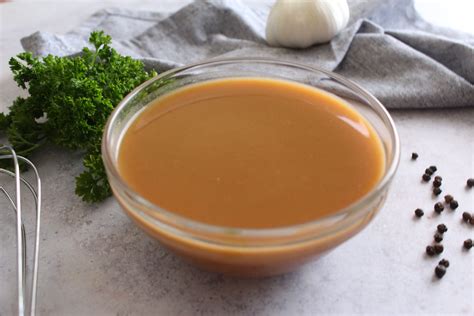The Ultimate Guide to Making Delicious Sauces
Making your own sauces is a fantastic way to elevate your culinary skills and impress your friends and family. Homemade sauces offer unparalleled flavor, freshness, and control over ingredients – allowing you to tailor the taste to your exact preferences. This comprehensive guide will walk you through creating several types of sauces, covering everything from basic techniques to more advanced recipes.
Understanding the Fundamentals of Sauce Making
Before diving into specific recipes, let's cover some essential concepts that will help you create delicious sauces every time:
The Mother Sauces: A Foundation for Culinary Creativity
Many sauces are variations or derivatives of five classic mother sauces. Mastering these provides a strong foundation for creating countless sauce variations:
- Béchamel: A creamy white sauce made from butter, flour, and milk. It forms the base for many creamy sauces like cheese sauce and Mornay sauce.
- Velouté: A light, smooth sauce made from a roux (butter and flour) and a light stock (chicken, veal, or fish). It’s the base for many classic sauces like mushroom sauce and allemande sauce.
- Espagnole: A rich, brown sauce made from brown stock, mirepoix (onions, carrots, celery), and tomato paste. It’s used for sauces like demi-glace and bordelaise.
- Hollandaise: An emulsified sauce made from egg yolks, butter, and lemon juice. It's rich, creamy, and slightly tangy.
- Tomato: A versatile sauce made from tomatoes, onions, herbs, and spices. It's incredibly adaptable and used in numerous cuisines.
Essential Ingredients and Techniques
- Roux: A mixture of butter and flour cooked together to thicken sauces. The color of the roux (white, blond, or brown) affects the flavor and color of the final sauce.
- Stocks: Flavorful broths made by simmering bones and vegetables. They provide the base for many sauces.
- Emulsification: The process of combining two liquids that don't normally mix, such as oil and water. This is crucial for sauces like mayonnaise and hollandaise.
- Reduction: Simmering a sauce to reduce its volume and intensify its flavor. This concentrates the taste and thickens the consistency.
Simple and Delicious Sauce Recipes
Here are some easy-to-follow recipes to get you started:
Creamy Tomato Sauce
This simple sauce is perfect for pasta, pizza, or as a base for other dishes.
Ingredients:
- 1 tbsp olive oil
- 1 onion, chopped
- 2 cloves garlic, minced
- 1 (28 oz) can crushed tomatoes
- 1 tsp dried oregano
- 1/2 tsp dried basil
- Salt and pepper to taste
Instructions:
- Sauté the onion and garlic in olive oil until softened.
- Add the crushed tomatoes, oregano, basil, salt, and pepper.
- Bring to a simmer and cook for at least 15 minutes, stirring occasionally. The longer it simmers, the richer the flavor.
Quick and Easy Pesto Sauce
This vibrant sauce is perfect for pasta, sandwiches, or as a topping for grilled chicken or fish.
Ingredients:
- 2 cups fresh basil leaves
- 1/2 cup grated Parmesan cheese
- 1/4 cup pine nuts
- 2 cloves garlic
- 1/2 cup olive oil
- Salt and pepper to taste
Instructions:
- Combine all ingredients in a food processor and blend until smooth. Adjust the consistency by adding more olive oil if needed.
Tips for Sauce Success
- Taste as you go: Adjust seasoning throughout the cooking process to ensure perfect flavor.
- Don't rush the process: Allow sauces to simmer slowly to develop deeper flavors.
- Experiment with flavors: Don't be afraid to add your own personal touch with herbs, spices, and other ingredients.
With practice and experimentation, you'll become a sauce-making master! Remember, these recipes are just starting points – feel free to adapt and modify them to your own taste preferences. Happy cooking!
